Choosing the Right Wood for Your Woodworking Projects
- August 1, 2023
- 0 comment
One of the most crucial decisions you’ll make when embarking on a woodworking project is selecting the appropriate wood. This choice significantly impacts the project’s success, aesthetics, and durability. But with a seemingly infinite variety of wood types available, this decision can be overwhelming. To help you navigate these wooden waters, we’ll explore different types of woods, their unique characteristics, and the types of projects they’re best suited for.

Understand Your Project’s Needs
When embarking on a woodworking project, first clarify what the project requires. The demands for an outdoor bench enduring the elements differ significantly from an intricately carved, ornate mantelpiece. Consider the environment in which your piece will exist: Is it for indoor or outdoor use? What is the expected wear and tear? Does it need to be resistant to moisture or temperature changes? Understanding these parameters helps narrow down your wood options.
Hardwood or Softwood?
Wood is generally categorized into two types: hardwood and softwood. This classification does not necessarily correlate to the actual hardness or softness of the wood but is related to the tree’s biology.
Hardwoods come from deciduous trees like oak, walnut, and mahogany. These trees lose their leaves annually and have a slower growth rate, contributing to their denseness. Hardwoods offer strength and durability, making them perfect for heavy-duty applications such as flooring, construction, and high-quality furniture. Aesthetically, hardwoods often showcase rich colors and striking grain patterns that lend a certain elegance and warmth to the finished product.
Softwoods are sourced from coniferous trees, including pine, spruce, and fir, which typically grow faster and are evergreen. These woods are generally lighter and easier to manipulate, providing a more forgiving starting point for beginners. Softwoods are widely used for framing in construction, outdoor furniture, and pieces designed to be painted or heavily stained due to their light, uniform color.
The Stellar Standouts: Popular Wood Types and Their Uses
1. Oak

Oak, one of the most widely used woods in woodworking, is known for its immense strength, durability, and resistance to fungal attacks. Its pronounced grain creates visually interesting patterns, making it a favorite for crafting furniture, flooring, and even barrels for wine and whiskey due to its flavor-enhancing qualities.
Fun Facts :
- Oak trees can live up to 1,000 years!
- They produce acorns, which serve as a vital food source for many wildlife species.
- Oakwood was commonly used to build European naval ships because of its strength.
2. Pine
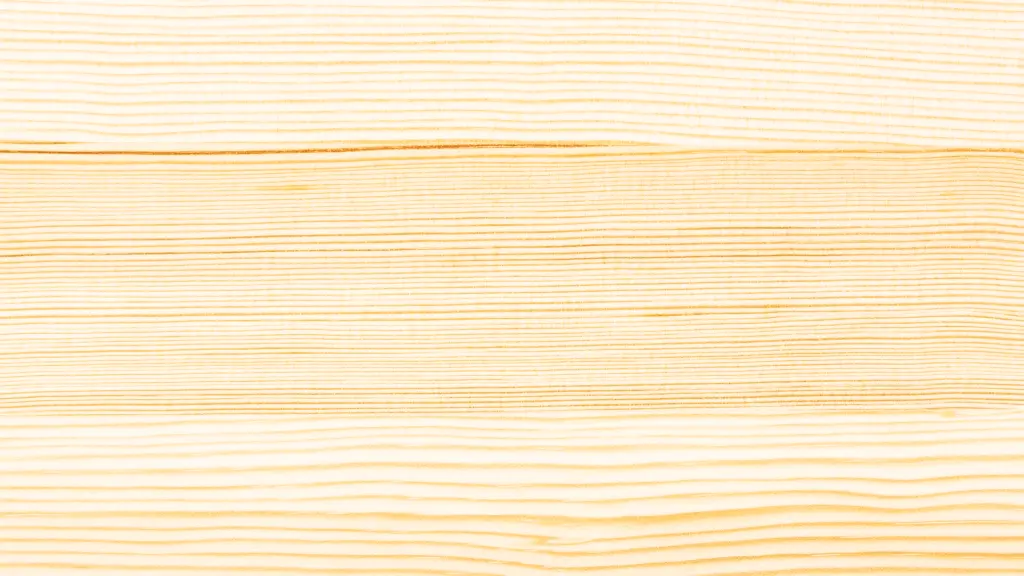
This softwood is abundant, affordable, and easy to work with, making it a favorite among novice woodworkers. Pine’s ability to readily accept paint makes it an ideal choice for projects requiring a vibrant color scheme. Moreover, its pitch content provides a pleasant aroma and aids in natural preservation.
Fun Facts :
- There are over 100 species of pine around the world.
- Pine trees can grow to be very tall. The tallest recorded, a Ponderosa Pine, was over 268 feet tall.
- Its sap can be used to make turpentine, a substance used in painting and varnishing.
3. Maple
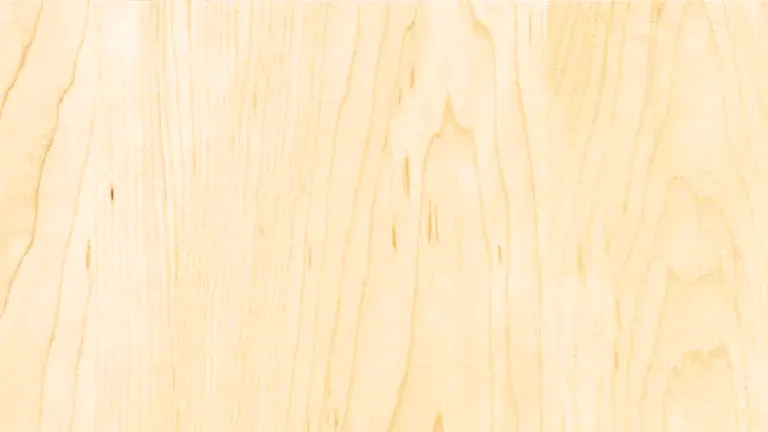
Maple is a dense, strong hardwood renowned for its light color and subtle, usually straight grain. Its high resistance to abrasion and wear makes it suitable for heavy-use items like kitchen countertops, butcher blocks, and bowling alley floors. Additionally, it is often used in musical instruments due to its excellent tonal qualities.
Fun Facts :
- Maple trees are famous for their vibrant fall foliage, with leaves turning brilliant shades of yellow, orange, and red.
- The sap of some maple trees is used to make maple syrup.
- Maple is a favorite wood for making musical instruments like violins and guitars due to its tonal qualities.
4. Cedar
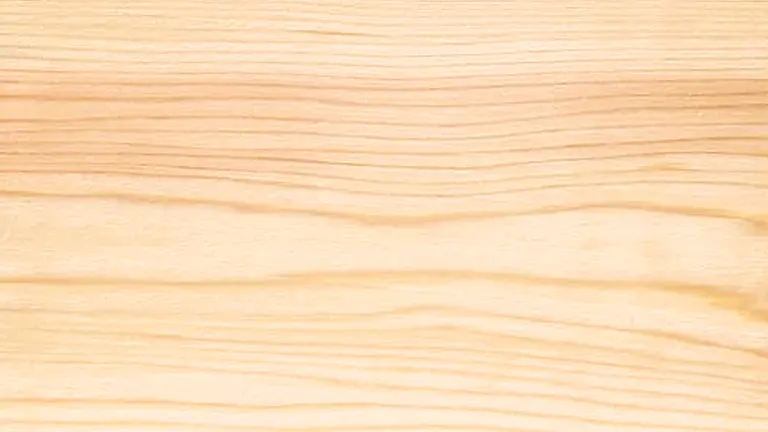
Cedar is a softwood that’s resistant to rot, moisture, and insect damage. Its natural oils make it an excellent choice for outdoor furniture, decking, and fence posts. The pleasant aroma that cedar exudes can keep moths at bay, making it a great option for closet linings and blanket chests.
Fun Facts :
- Cedar trees are known for their incredible aroma, which is why cedarwood is often used for chests and closets.
- They are also naturally resistant to bugs, rot, and decay, making cedar a great choice for outdoor furniture.
- Cedar trees can grow up to 60 meters (about 200 feet) tall.
5. Walnut

Walnut hardwood is prized for its rich, dark hues and ease of working despite its strength. It is ideal for intricate projects requiring precise cuts, such as carving, veneer, and high-end furniture. Additionally, its shock resistance makes it suitable for crafting gun stocks.
Fun Facts :
- Walnuts have been a food source for humans for thousands of years, even before the cultivation of the trees themselves.
- The dark color of the heartwood in walnut trees is a result of a chemical reaction that takes place as the tree ages.
- Walnut wood is used not only for furniture but also in car manufacturing for its interior details.
6. Teak

Teak is a tropical hardwood known for its exceptional durability, resistance to decay, and ability to withstand extreme weather conditions, making it a preferred choice for outdoor furniture, boat decks, and other marine applications. Teak’s high oil content gives it a luxurious feel but also makes it more challenging to glue and can be cost-prohibitive for some.
Fun Facts :
- Teak is a tropical hardwood tree species found mainly in Southeast Asia.
- Due to its natural oils and rubber, teak wood is incredibly durable and can withstand extreme weather conditions, making it ideal for outdoor furniture and shipbuilding.
- Teak trees can grow up to 40 meters (about 131 feet) tall.
7. Bamboo

Although technically a grass, bamboo deserves mention due to its growing popularity in woodworking. It offers incredible strength and sustainability, thanks to its fast growth rate. Bamboo has become a popular choice for flooring, furniture, and cutting boards.
Fun Facts :
- Bamboo isn’t technically a wood – it’s a type of grass!
- It is one of the fastest-growing plants on Earth. Some species can grow up to 35 inches per day.
- Bamboo has a higher compressive strength than wood, brick, or concrete and a tensile strength that rivals steel.
Be Environmentally Conscious
In a time where sustainable practices are becoming increasingly vital, considering the environmental impact of your wood choice is essential. Aim to source wood from suppliers practicing responsible forestry. Fast-growing species, reclaimed wood, and sustainable alternatives like bamboo are excellent eco-friendly options.
Understanding Wood Grain
The wood grain refers to the orientation of the wood-cell fibers, affecting its appearance, texture, and strength. Understanding how to work with the grain is critical in achieving your desired finish, as it affects how the wood absorbs stains and finishes. It also influences how the wood will react to cutting and shaping. The grain can drastically alter the final look of your piece, adding character and depth to your project.
In conclusion, the world of woodworking is as diverse and intricate as the variety of woods available. Your choice of wood can be the pivotal factor that transforms your project from good to great, from ordinary to extraordinary. It’s about understanding the functional requirements of your project, the unique properties of various wood types, and their aesthetic contributions, and aligning all these factors harmoniously. This not only ensures your project’s success but also enhances its longevity and aesthetic appeal. Remember, every piece of wood has a story to tell, and as a woodworker, it is your task to allow its natural beauty and character to shine in your projects. By making thoughtful, informed choices, you are not just building a piece of work; you are crafting a legacy.
Frequently Asked Questions
- What is the easiest wood to work with for beginners?
Pine, cedar, and poplar are considered some of the easiest woods for beginners due to their softness, affordability, and availability. - Why does the type of wood matter in woodworking projects?
The type of wood can significantly impact the durability, functionality, and aesthetic of the final product. Different woods have distinct hardness, grain patterns, colors, and responses to treatment, influencing the project’s overall quality. - What is the most expensive type of wood and why?
Woods like teak, ebony, and sandalwood are among the most expensive due to their superior qualities such as strength, durability, and exquisite grain patterns, along with their scarcity and difficulties in sourcing them sustainably. - How does moisture affect wood?
Moisture can cause wood to warp, shrink, or swell, which can impact the structural integrity of a woodworking project. Some types of wood are more resistant to moisture and are better suited for outdoor projects. - What are some eco-friendly alternatives to traditional wood?
Bamboo, cork, and reclaimed wood are popular eco-friendly alternatives. They’re sustainable due to their fast growth rate (in the case of bamboo and cork) or because they make use of existing materials (reclaimed wood). - What is wood grain, and why is it important?
Wood grain refers to the orientation of the wood-cell fibers. It can significantly affect a piece’s look and feel, as well as how it reacts to cutting, staining, and finishing. - What is the difference between hardwood and softwood?
Hardwood comes from deciduous trees that lose their leaves annually, while softwood comes from coniferous trees that remain evergreen. Despite the names, hardness varies within both categories. The main differences lie in their structural characteristics and typical uses. - How does temperature affect wood?
Wood can expand or contract with temperature changes. This is why it’s important to let wood acclimate to its new environment before starting a project. - What should I consider when buying wood for my project?
Consider the project requirements, your skill level, your budget, and the wood’s color, grain, hardness, weight, and durability. Also, consider the wood’s source to ensure it’s been harvested sustainably. - How can I tell if the wood is high quality?
High-quality wood should be straight and not warped, with few knots or cracks. It should also have a uniform grain and be properly dried to prevent future warping or cracking.
We’d love to hear from you! Share your insights and experiences on choosing the right wood for your woodworking projects in the comments section below. Your knowledge could be invaluable for fellow woodworkers aiming to make the best choices for their creations!

David Murray
Forestry AuthorI'm David Murry, a forestry equipment specialist with a focus on chainsaw operation. With over 13 years of experience, I've honed my skills in operating and maintaining a wide range of machinery, from chainsaws to log splitters. My passion for the outdoors and commitment to sustainable forestry drive my work, which emphasizes safety, efficiency, and staying updated with industry advancements. Additionally, I'm dedicated to sharing my expertise and promoting environmental awareness within the forestry community.



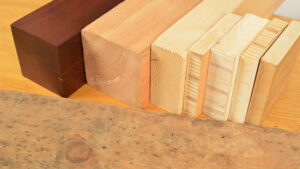
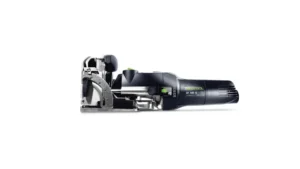

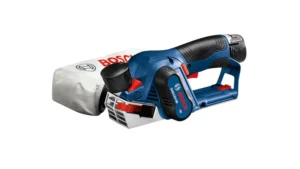
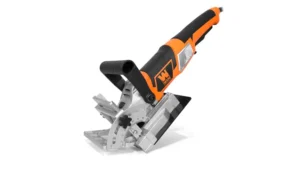





Leave your comment